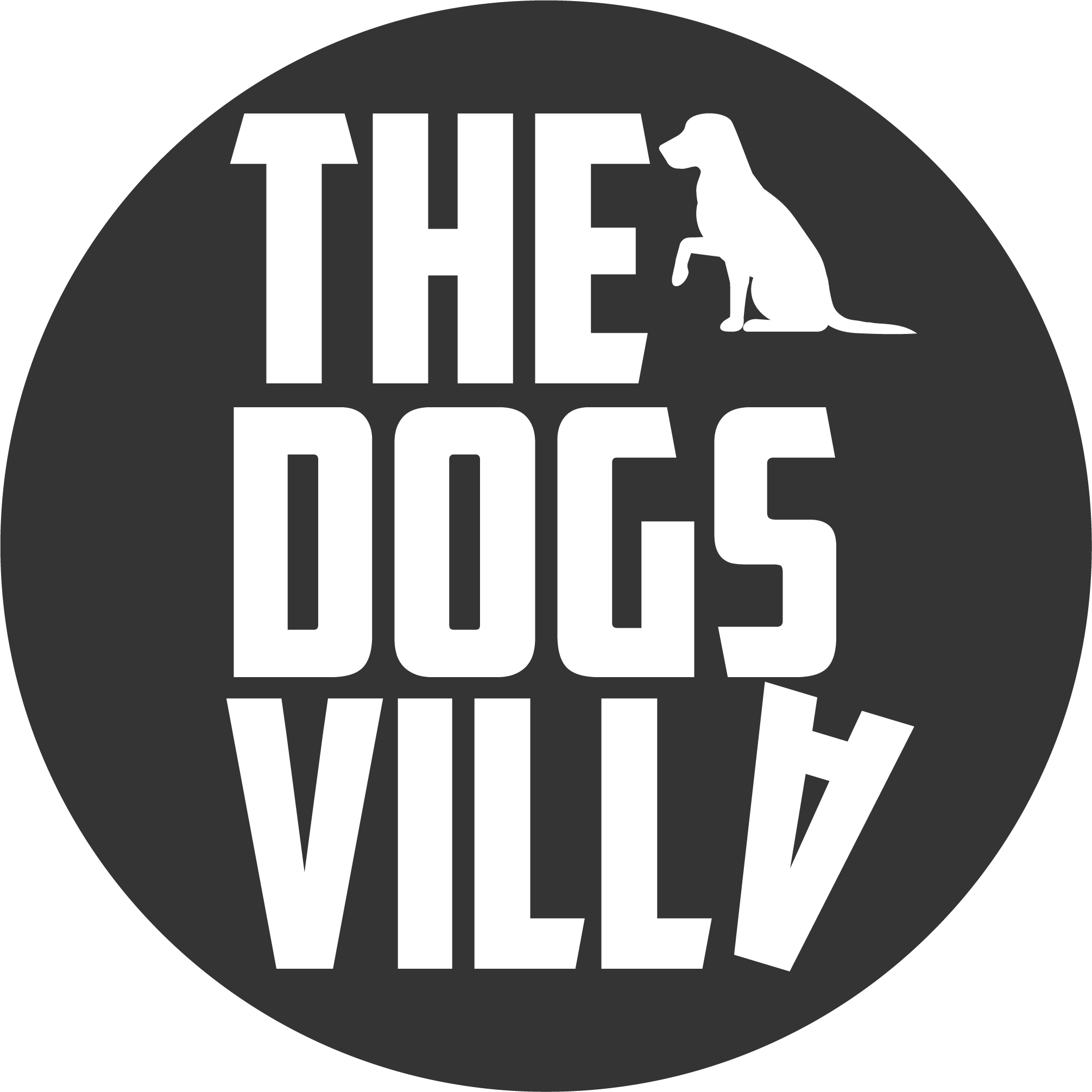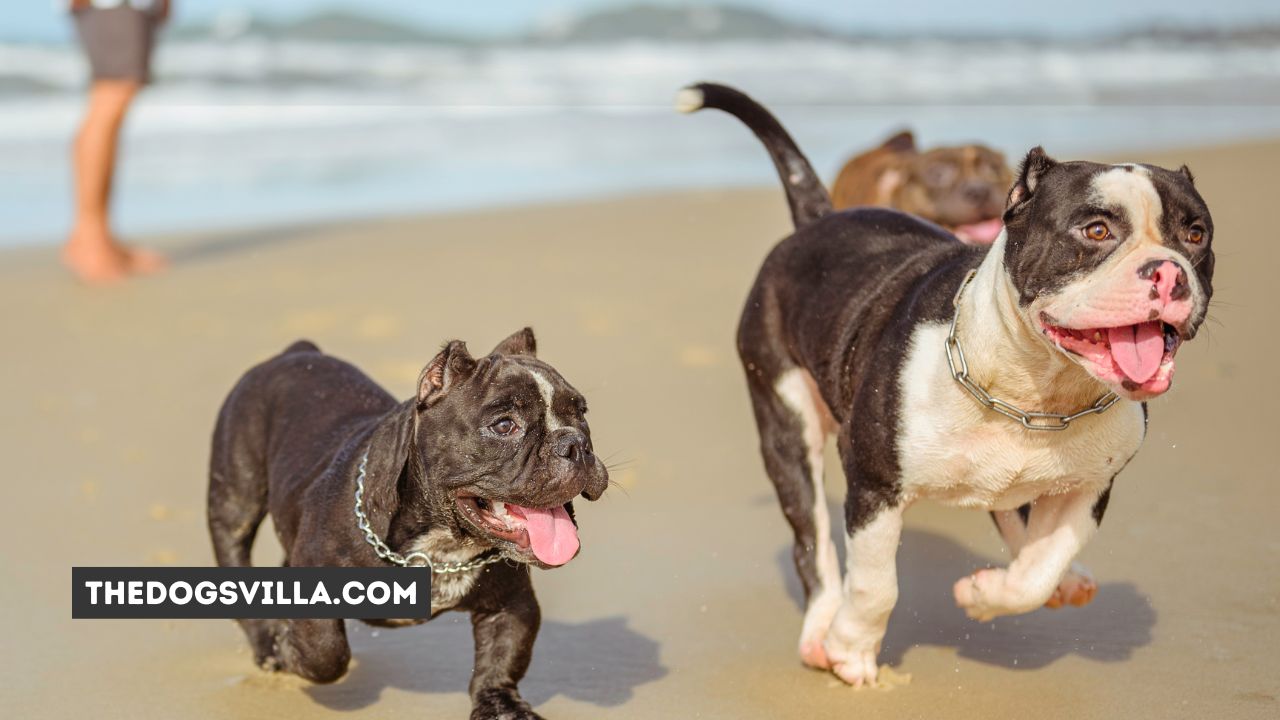As energetic breeds requiring sufficient outlets to thrive, a common question asked by new Pitbull owners involves how much exercise does a Pitbull need daily to remain happy and healthy? While they enjoy lounging around home, adequate physical and mental stimulation is key. Providing guidelines detailing ideal duration, types of activities, intensity recommendations, and environmental considerations allows owners to tailor robust routines catered to their Pitbull’s age, fitness level, and abilities. Understanding exercise needs for puppies, adults, and senior Pitbulls differs given attention spans, energy reserves, and physical maturity. Optimizing activity regimens ultimately channels their enthusiasm productively.
Contents
- 1 How Much Exercise Does a Pitbull Need? Step-by-Step Guide
- 2 Daily Exercise Goals and Type Recommendations
- 3 Ideal Intensity Levels
- 4 Recovery Periods and Rest Days Essentials
- 5 Environmental Considerations
- 6 Supplemental Enrichment
- 7 Signs Your Pitbull Needs More Exercise
- 8 Pitbull Exercise Essentials: Putting It All Together
- 9 Frequently Asked Questions
- 10 Conclusion
How Much Exercise Does a Pitbull Need? Step-by-Step Guide
Activity requirements differ based on a pitbull’s life stage from rambunctious puppyhood to mellower senior years.
Pitbull Puppies
Bounding with endless enthusiasm yet shorter attention spans, Pitbull puppies demand plenty stimulation in digestible doses.
Exercise guidelines:
- 15-20 minutes per session
- 3-4 sessions spaced over the day
- Play times interspersed with naps/rest
Short, active intervals prevent overexertion of developing joints and muscles allowing rest periods for growing bodies. Prioritize positive reinforcement-based training adapting Brain Games over pure physical rigor at this age.
Adult Pitbulls
Reaching full adult size around age 2, this stage enjoys exercising more vigorously and for lengthier durations.
Exercise recommendations:
- 30-45 minutes per session
- At least 2 sessions daily
- Higher intensity activities
Physically mature adult Pitbulls thrive learning advanced skills like agility courses or completing longer walks, runs, and hikes alongside owners. Strength and endurance peak during adulthood.
Senior Pitbulls
Gradual activity reductions become necessary adjusting for senior Pitbulls’ decreased stamina and mobility starting around age 7.
Exercise guidelines:
- 20-30 minutes per session
- Low impact activities
- Allow frequent breaks
- Increase rest days
Accommodate slower paces and any arthritis or orthopedic challenges potentially emerging in geriatric dogs. Supplement traditional exercise with consistent mental puzzles. Monitor closely for overheating.
Daily Exercise Goals and Type Recommendations
Balancing aerobic endurance training, muscle building activity, and mental challenges keeps an adult Pitbull fulfilled.
Minimum Duration Recommendations
At a bare minimum, adult Pitbulls require:
- 30-60 minutes per day
But most thrive with:
- 60+ minutes daily
- Or longer durations a few days weekly
These thresholds meet innate needs for motion and stimulation. Reaching them prevents boredom or anxiety manifesting in destructive tendencies.
Mixing Up Activity Types
Varying daily workouts enhances overall well-rounded fitness across these dimensions:
- Cardiovascular endurance
- Muscular strength/endurance
- Mental engagement
- Socialization
For example:
- Long trail run (Cardio)
- Tug of war toy (Strength)
- Training tricks (Mental)
- Dog park romp (Social)
Ideal Exercise Types
Optimal options ticks multiple boxes above:
- Walking/Running/Hiking – Sustained movement
- Fetch/Frisbee – Sprinting and leaping
- Swimming – Full body workout
- Agility courses – Speed and coordination
- Interactive toys – Cognitive problem solving
- Dog sports – Camaraderie and commands
The more variety integrated into custom regimens, the better!
| Activity Type | Description | Benefits |
|---|---|---|
| Walking/Running | On/off-leash alongside owner | Socialization, endurance |
| Hiking | Long distance, trails | Endurance, mental stimulation |
| Fetch/Frisbee | Sprinting/leaping for toys | Cardio, strength, joy |
| Swimming | Pools, beaches, lakes | Full body toning, cooling off |
| Agility Training | Specialized equipment | Speed, coordination |
| Interactive Toys | Puzzles, chews, hide-and-seek | Mental stimulation |
| Dog Sports | Flyball, dock diving | Teamwork, commands |
Considerations by Environment
Urban
City dwellersUnused energy manifests in unwanted digging, chewing, barking, hyperactivity, and anxiety. But urban settings pose exercise challenges like:
- Scarce green space
- Traffic dangers
- Leash laws
- Multi-dog parks
Solutions include:
- Long lines allowing exploration
- Enrichment toys
- Indoor flirt pole for sprints
- Training “urban agility”
- Visiting larger off leash parks periodically
Suburban
Easier access to yards and neighborhood streets afford more freedoms like:
- Backyard play
- On leash walks
- Visiting friends’ fenced lands
- Shorter drives reaching trails
Rural
Acreage owners enjoy built-in spaces for:
- Free running
- Swimming holes
- Bushwhacking through forests and fields
- Athletic rural applications like barn hunts
But require monitoring wildlife interactions and property boundaries.
Ideal Intensity Levels
Gauge appropriate intensity adjusting pace and durations for your Pitbull’s age fitness.
Factors to Consider
- Breathing – Panting is expected but wheezing, gasping, or struggling to catch breath signals overexertion
- Desire to stop – Forcing dogs past reasonable fatigue risks injury
- Environment – Summer heat, humidity, and cold temperature impact intensity tolerance
- Fitness level – Custom build conditioning for couch potato or athletic Pits
- Age/health limitations – Accommodate capabilities
Signs of Healthy Intensity
When exercising, Pitbulls should:
- Pant but not uncontrollably
- Slow down when tiring but not stop outright
- Drink when thirsty but not excessively drool
- Remain engaged with attention on you
Scaling intensity fosters lifelong fitness starting puppies gradually and allowing gentler senior sessions.
Recovery Periods and Rest Days Essentials
Balancing strenuous workouts one day with modified rest days helps prevent overtraining injuries like strained tendons or inflammation.
After High Intensity Exercise
Following intense ball fetching, agility courses, or trail runs, incorporate:
- Gentle walks
- Massages
- Extra affection/verbal praise
Stretching and shaking activates blood flow to taxed muscles. Hydration and electrolytes replenish depleted stores.
Weekly Rest Days
Designate 1-2 rest days for:
- Shorter potty walks
- Cuddle sessions
- Grooming
- DIY therapies
This permits tissue healing, stress relief, and mental rejuvenation between demanding sessions. Preserve energy for big adventures like camping trips or visiting dog friendly breweries on weekends.
Activities for Rest Days
Engage natural instincts with:
- New toys like frozen Kongs
- Hide and seek
- Noise identification
- Basic training reinforcement
Avoid high impact pursuits on designated rest days to respect limits. Massage, stretching, icing, joint supplements, and nutritious food support the restoration process.
Environmental Considerations
Ambient conditions influence safe exercise maximums at any age.
Temperature Cutoffs
Use dangerous weather guidelines to alter summer walking schedules during:
- Over 85°F
- And over 80°F if extremely humid
Prevent overheating by hydrating frequently, avoiding peak sun hours, and monitoring hot asphalt. Consider booties shielding scorched paw pads.
In below freezing winter weather, equip shorter but well-insulated excursions with:
- Breathable jacket
- Booties
- Musher’s wax salve for cracked paws
Cancel outdoor plans altogether when wind chill dips under 15°F accounting for higher risk of hypothermia and frostbite.
Surfaces and Terrain
While perpetually energetic Pits willingly blaze any trail, consider:
- Boots protecting paws on snow/ice
- Life jackets near water
- Avoiding thorny brush, foxtails, salty ocean water
- Steering clear of slippery decks/docks
Bandaging small cuts until returning home prevents infected wounds. Carrying emergency contact info and pet first aid kids applies wisdom to the journey.
Supplemental Enrichment
Beyond physical activity, mental enrichment prevents restlessness and boredom.
Training Games and Tricks
Pits love showing off smarts learning tricks like:
- Spin
- Speak
- Shake
- Retrieve names objects
Incorporate mini training sessions indoors too using recycling kitchen moments like asking your dog to:
- Sit-stay politely while preparing food
- Doing Touch cues targeting hands for tossed treats
- Place toys into storage bins
Praise generously! Change up cues to solidify comprehension.
Food Puzzles and Toys
Engaging innate scavenging drives by hiding kibble around the house or inside puzzle toys like:
- Kongs
- Treat balls
- Snuffle mats
Edible motivation inspires seeking and problem solving instead of gobbling meals from a bowl.
Rotate novel toys keeping selection fresh. Monitoring destructive chewers prevents ingesting hazardous pieces.
Socialization Outings
Pitbulls cherish friends! Establish positive exposures to novel environments and other dogs with outings like:
- Pet store visits
- Outdoor malls/cafes
- Dog-friendly stores
- Trusted dog park friends
Control access to negative encounters ensuring success. Social skills require ongoing positive proofing.
Signs Your Pitbull Needs More Exercise
If your Pit displays irritating behaviors like:
- Chewing destruction
- Excessive barking
- Hyperactivity
- Leash pulling
- Attention seeking
- Anxious pacing
These likely indicate unmet needs for stimulating activity. Try revamping routines with daily walks, games teaching impulse control, outdoor adventures tiring your pup mentally and physically, and consistent training reinforcing polite manners.
While pups sleep over half their day away, awake hours crave engaging movement! Providing fulfilling outlets preventing nuisance conduct remains central to responsible ownership.
Pitbull Exercise Essentials: Putting It All Together
Optimizing your Pitbull’s exercise plan adequate for fostering healthy muscles and venting youthful exuberance requires:
- Reaching 60+ minutes daily
- Incorporating cardiovascular endurance
- Building muscle strength
- Allowing free play
- Engaging their mind learned new tricks
Blending various types like walks, hikes, fetch games, agility training, puzzle toys, and socialization outings ticks every enrichment box. These activities ultimately forge bonds with humans while preventing obesity and anxiety plaguing under stimulated dogs.
Stay nimble fine tuning activities keeping enthusiasm high even as your Pitbull ages. Support joint health with fish oil supplements to ease mobility issues later in life. Above all, remain consistent carving out lifetime fitness habits lasting through puppyhood into elderly senior years!
Frequently Asked Questions
How is a Pitbull different from other breeds regarding exercise?
As athletic muscular working class breeds historically utilized guarding property or assisting hunters subdue large predators, Pitbull energy reserves demand sufficient output daily. Compared to companion lap dogs, Pitbulls need longer, more vigorous exercise without exception.
Despite some breeds requiring more extreme Arctic or mountain lion endurance, your average Pit still necessitates greater durations and intensities than most canines to remain content. Their sheer power absolutely requires responsibility channeling it positively versus deleteriously.
Do Pitbulls need less exercise as they age?
Gradual activity reductions become necessary for senior Pitbulls beginning around age 7 depending on health circumstances. Signs indicating dogs struggling with the same exercise tolerance include:
- Limping or slowed paces
- Hesitating tackling tasks previously enjoyed
- Increased desire for rest post-exercise
Cater routines to comfort levels by shortening sessions, alternating intensive days with gentle activity, utilizing supportive slings/harnesses, and retiring extremely arduous challenges.
How can I exercise my Pitbull despite bad weather or limited yard space?
Urban dwellers and those facing prohibitive weather absolutely can stimulate Pitbull’s needs safely with thoughtful prep like:
- Walking downtown areas at off-peak hours
- Indoor flirt pole sprints
- Interactive food puzzles hiding kibble as they “hunt”
- Car rides to expansive parks periodically
- Treadmills on high speed under supervision
- Agility courses at indoor training centers
- Hide and seek games using whole rooms
Utilize poor weather days skipping intense exercise as designated rest sessions instead.
Conclusion
Optimizing your Pitbull’s exercise regimen adequately improves musculoskeletal fitness needed managing their sheer strength exercised productively, not destructively. Various activities including aerobic endurance, resistance training, free play, commands-based agility work, and brain games keeps them fulfilled while forging trusting bonds with devoted owners.
As high drive individuals requiring sufficient outlets, adapting programs to your Pitbull’s age tailors safe dimensions meeting their needs daily, all year long. Support joint and cardiovascular health through proper nutrition supplying energy necessary exploring life by their side. Ultimately consistency, responsibility, and ever evolving care keeps your loyal companion thrilled experiencing each day’s adventures together!
Additional Pitbull Exercise Resources:
Tips from Top Trainer Cesar Milan
Enrichment Games from The Spruce Pets
Fitness Guidelines from American Kennel Club
More Helpful Article That Might Help You
Why is My Beagle so Aggressive

